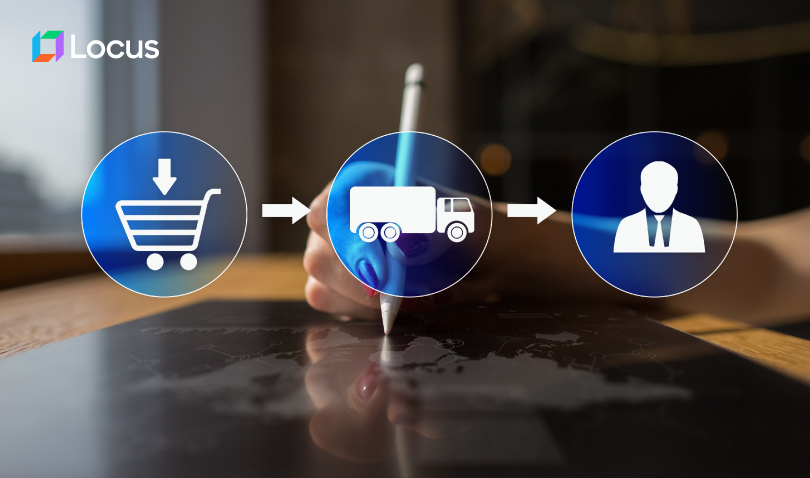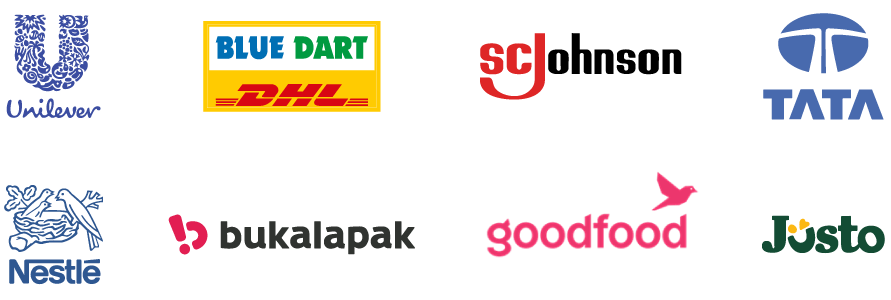COVID-19 brought about a massive transformation in the grocery supply chain, changing consumer buying behavior significantly and making omnichannel selling a must for market players. The competition in the online grocery market is also rising — big-scale retailers are making strategic moves to keep customers satisfied, numerous grocery delivery startups have come up, and mom-and-pop retail stores have embraced online selling.
To meet customer expectations in a cost-effective and efficient manner, many businesses are adopting micro-fulfillment centers for final-mile grocery deliveries.
In this white paper, we dig deep into the concept of micro-fulfillment centers, discuss the various pros and cons of this delivery model and understand the role of logistics tech in optimizing the e-grocery supply chain.
Micro-fulfillment Centers — Explained
As its name suggests, a micro-fulfillment center is a mini distribution hub, compared to a regular warehouse; but there’s more to it. Learn more about this distribution model and the potential it holds for grocery players
How does micro-fulfillment work in e-grocery?
Understand how micro-fulfillment works in the e-grocery business, the characteristics of a micro-fulfillment hub and how it is different from a regular distribution model.
The Opportunities and Obstacles of Introducing Micro-Fulfillment Centers
Whether or not to implement it in your supply chain is a strategic business decision, and must be taken carefully after weighing out the pros and cons of this fulfillment model.
Optimizing all-mile logistics with Artificial Intelligence: Locus in the e-grocery supply chain
Read how AI-backed logistics optimization solutions by Locus can optimize warehousing, distribution, and final mile deliveries for enterprises in the grocery supply chain.

Whitepaper

Whitepaper

Whitepaper

Whitepaper

Whitepaper
Schedule a demo with one of our industry experts
How can Locus help manage your logistics?
Join Industry Leaders:



